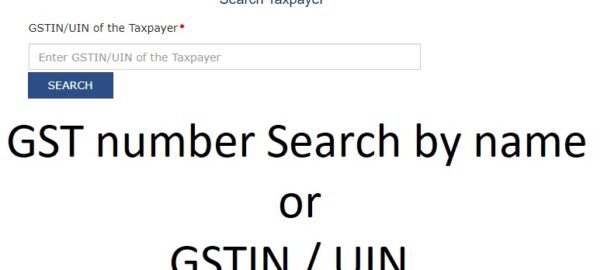Repo rate and Reverse Repo rate
Repo Rate: The term ‘Repo’ stands for ‘Repurchase agreement’. Repo is a form of short-term, collateral-backed borrowing instrument and the interest rate charged for such borrowings is termed as repo rate. In India, the repo rate is the rate at which Reserve Bank of India lends money to commercial banks in India if they face a scarcity of funds. Commercial banks sell government securities and bonds to Reserve Bank of India with an agreement to repurchase the securities and bonds from Reserve Bank of India on a future date at a pre-determined price including interest charges. Current Repo Rate as of October 2019 is 5.15%.
Reverse Repo Rate: Reverse repo as the name suggests is an opposite contract to the Repo Rate. Reverse Repo rate is the rate at which the Reserve Bank of India borrows funds from the commercial banks in the country. In other words, it is the rate at which commercial banks in India park their excess money with Reserve Bank of India usually for the short-term. Current Reverse Repo Rate as of October 2019 is 4.90%.
| Comparison Criteria | Repo Rate | Reverse Repo Rate |
| Lender and Borrower | Lender – RBI, Borrower – Commercial Banks. | Lender – Commercial Banks, Borrower – RBI. |
| Borrower’s Objective | To manage short term deficiency of funds | To reduce the overall supply of money in the economy |
| Rate of Interest | Higher than reverse repo rate | Lower than repo rate |
| Interest Charge Applicable to | Repurchase Agreement | Reverse Repurchase Agreement |
| Mechanism of Operation | Commercial banks get funds from RBI using government bonds as collateral. | Commercial banks deposit their excess funds with RBI and receive interest from the deposit. |
| Impact of Higher Rate | The cost of funds increases for commercial banks hence loans become more expensive. | The money supply in the economy decreases as commercial banks park more surplus funds with RBI. |
| Impact of Lower Rate | The cost of funds is lower for commercial banks leading to reduced interest rates on loans. | The money supply in the economy increases as banks lend more and reduce their deposits with RBI. |
The components of a repo transaction between the RBI and the bank are as follows:
- Banks provide eligible securities (RBI-recognised securities that are above the Statutory Liquidity Ratio limit).
- RBI gives one day or overnight loan to the bank.
- RBI charges an interest (repo rate) from the bank.
- Banks repay the loan after one day and repurchase the security they gave as collateral.
RBI keeps changing according to changing macroeconomic factors. Whenever RBI modifies the rates, it impacts all sectors of the economy; albeit in different ways. Some segments gain as a result of the rate hike while others may suffer losses. RBI recently cut down the repo rate by 25 basis points to 5.75% from 6%. In the same line, the reverse repo rate was also reduced by 25 basis points to 5.5% from 5.75%.




